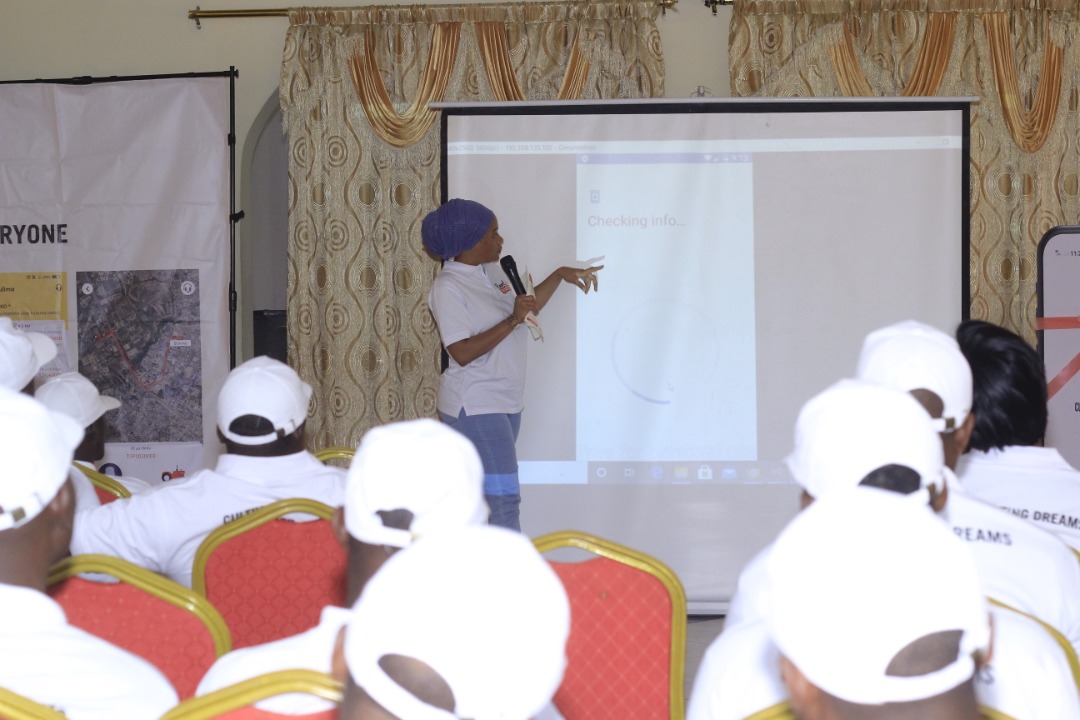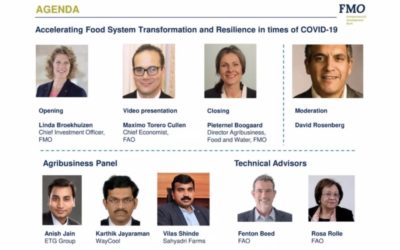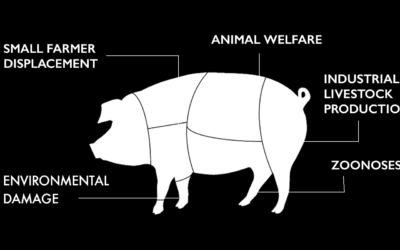Modernising farms – looking beyond mechanisation

Among all of mankind’s amazing inventions, the tractor has to be one of the greatest. Since their development in the 19th century, these machines have quite literally fuelled human growth, enabling us to grow more food than ever before while employing a fraction of the labour, and allowing us to focus on valuable pursuits – such as education, research and development.
With increased mechanisation in agriculture, graphs that portray the number of tractors in a country have often been used to show that the path to prosperity is paved with more tractors – and invariably the countries in the Global South show poorer numbers. After decades of interacting with smallholder farmers, I can say with some confidence that the problem is more complicated.
The right way to stimulate growth in farming is gradual and with inclusive planning. As I’ve said before on this blog, mechanisation has to happen on the heels of due diligence. Communities need to be ready to receive capital intensive machinery, which can be maintained in their environment with the infrastructure that they have.
To create lasting change, mechanisation needs to be driven by farmers. This is one of the reasons for the success of the Rent-a-Tractor mobile app in Ubaruku, Mbeya, Tanzania, which was recently launched in January 2021. This application is currently giving smallholder farmers in the area access to tractors when they need it, while farmers who already own tractors benefit from the system by enabling them to lend their equipment. The initiative, driven by ETC Agro Tractors & Implements Ltd., is the product of years of research and shows how asset-sharing systems like this lead to higher utilization rates for capital machinery.
The ETC Agro fits registered tractors with satellite navigation, which has many benefits, such as providing farmers with the ability to gather accurate spatial data of their land. On the other hand, tractor owners are able to track their vehicles whereabouts through GPS navigation, and have a call back option should they require it. Farmers using the app will also have the benefit of choosing which tractor to till their field. Aside from the on-farm merits, the app is creating employment opportunities for ancillary jobs including booking agents, mechanics, and so on. This is exactly the kind of work that will help rural areas retain their youth.
Programmes like Rent-a-Tractor ensure high machine productivity. It is a way for medium size farm owners who have bought tractors to get quicker returns on their investment. Being based in Mbeya is also crucial to the app as it is the region that has best adapted to mechanisation in Tanzania. There are currently 22 tractor owners who have signed on to the app and had their vehicles fitted with GPS trackers. So far,17 smallholders have placed orders off them and eight booking agents have been employed by the application, who will earn commissions on the orders placed. These numbers from an off-season soft launch show good promise for when cultivation season starts in September.
What we need to remember when we talk about mechanisation, however, is that it is not the solution to problems in the agriculture sector. Like all technology, it is only a tool for solving existing problems and it can create new issues or exacerbate old ones. I am reminded of how, on rice farms in Japan in the 50s and 60s, mechanisation reduced women’s influence on farms. The industrial equipment was seen as inherently masculine, and women were not given the opportunity to learn how to use them. There was a symbolic power that tractors imbued the men with, even though until the machines arrived it was the women who handled the tilling. We tend to think of technology as a force that will open doors to everyone, but this can only be true when it is deployed properly.
Moving ahead Iwould like to see new innovations that make better use of existing machines, ideas that rethink the systems we have in place today. We need to keep our communities at the centre of the ideas we put into the world, always trying to make them more inclusive, self-sufficient spaces. Of course, in the African context, the smallholder farmer will be most affected by these changes and their guidance should be sought at every junction. Like I always say, what is good for the farmer, is good for the entire community!
Continue Reading
Transforming food systems to build resilience
Presenters and panellists at a recent webinar I attended shared their views on how resilience can be built into the production, processing and distribution stages of food supply chains, in anticipation of the fallout from the pandemic.
Agriculture in the time of COVID-19
Today, while studying a tomato in the market with a mask on my face, I know that its journey has been more complicated than it would have been a few months ago.
COVID-19: Re-evaluating how we produce and how we consume
In light of the current pandemic, there has been a lot of discussion around dietary habits and consumption patterns. This has led me to think about the larger meaning that accompanies our day-to-day food choices.




0 Comments